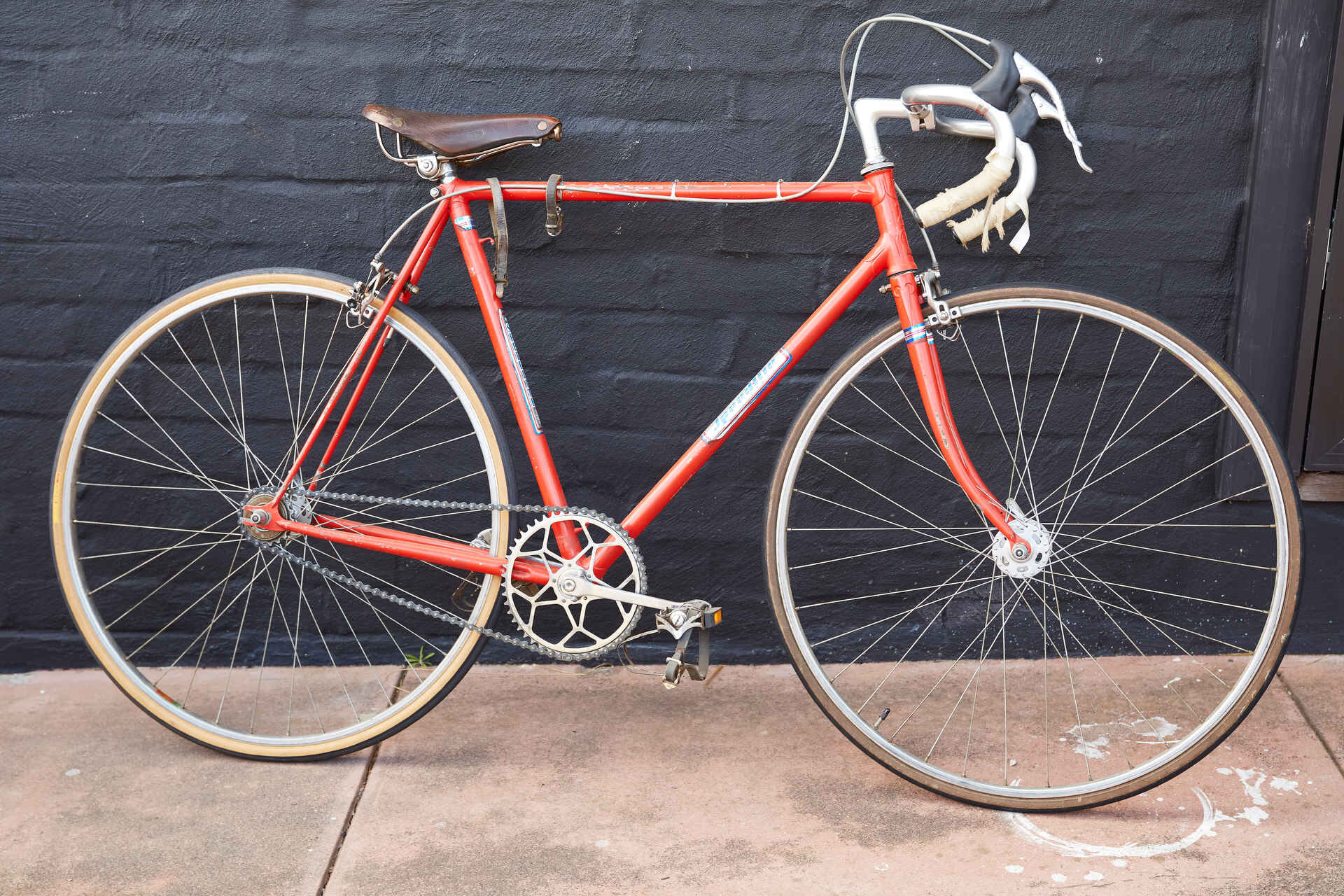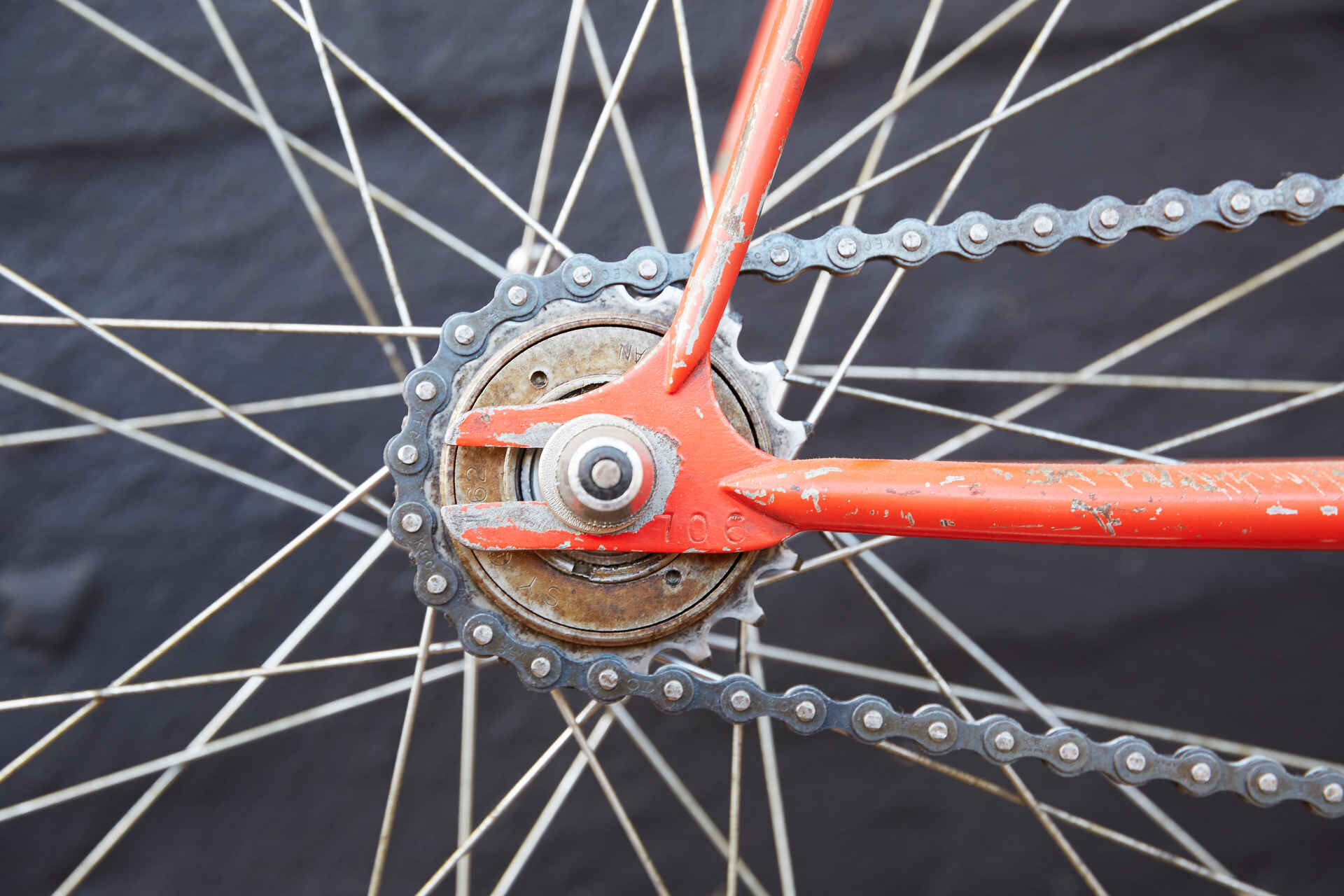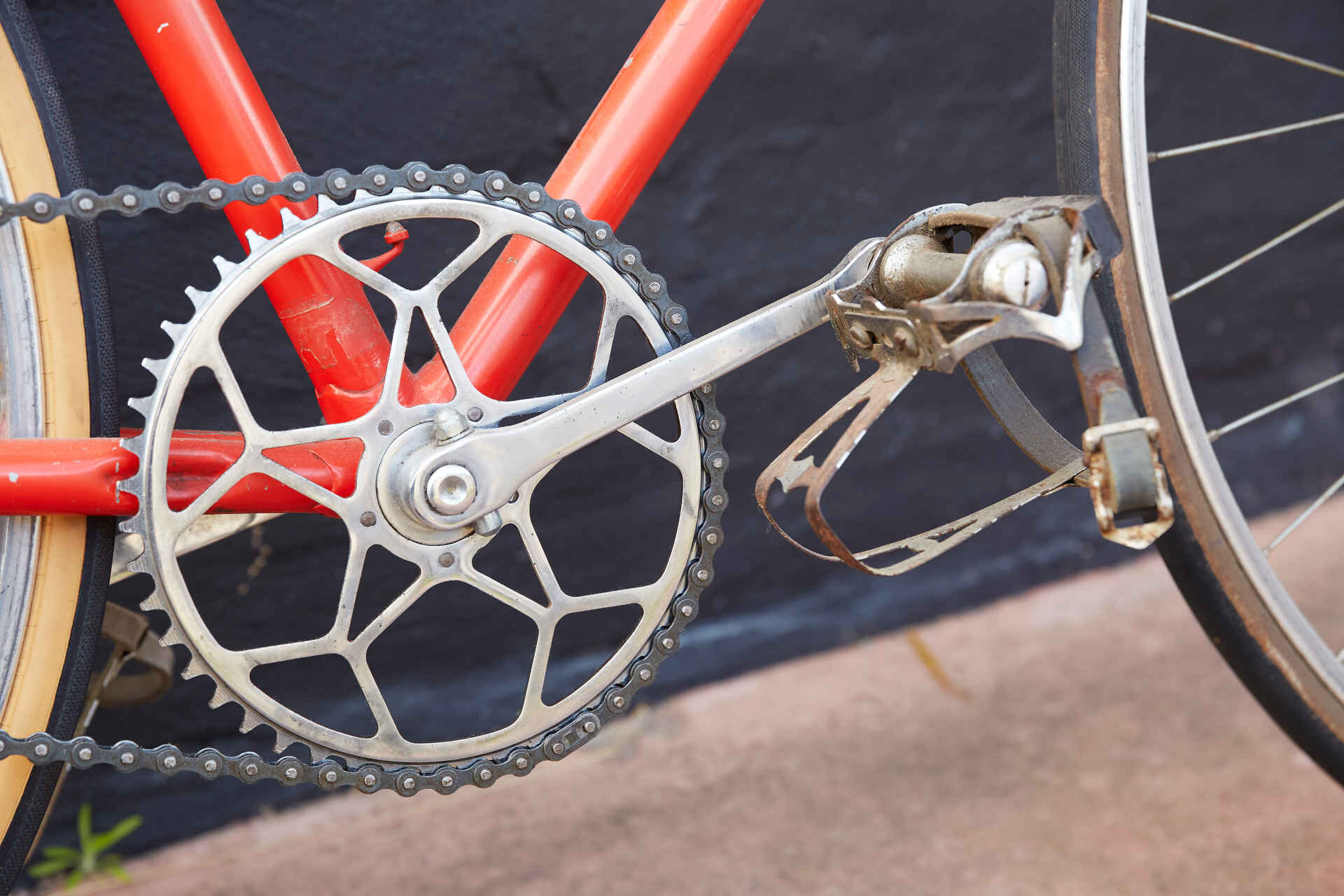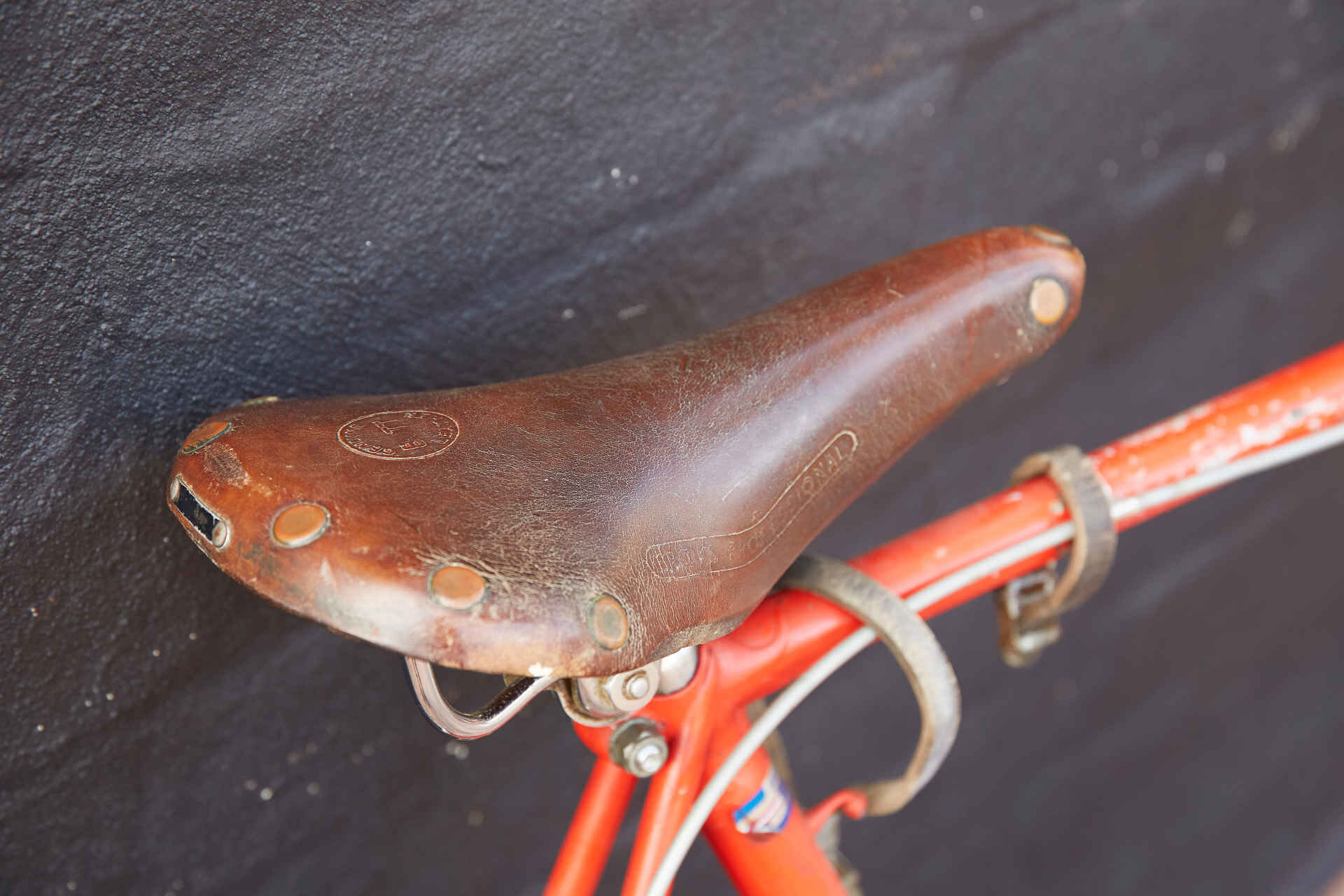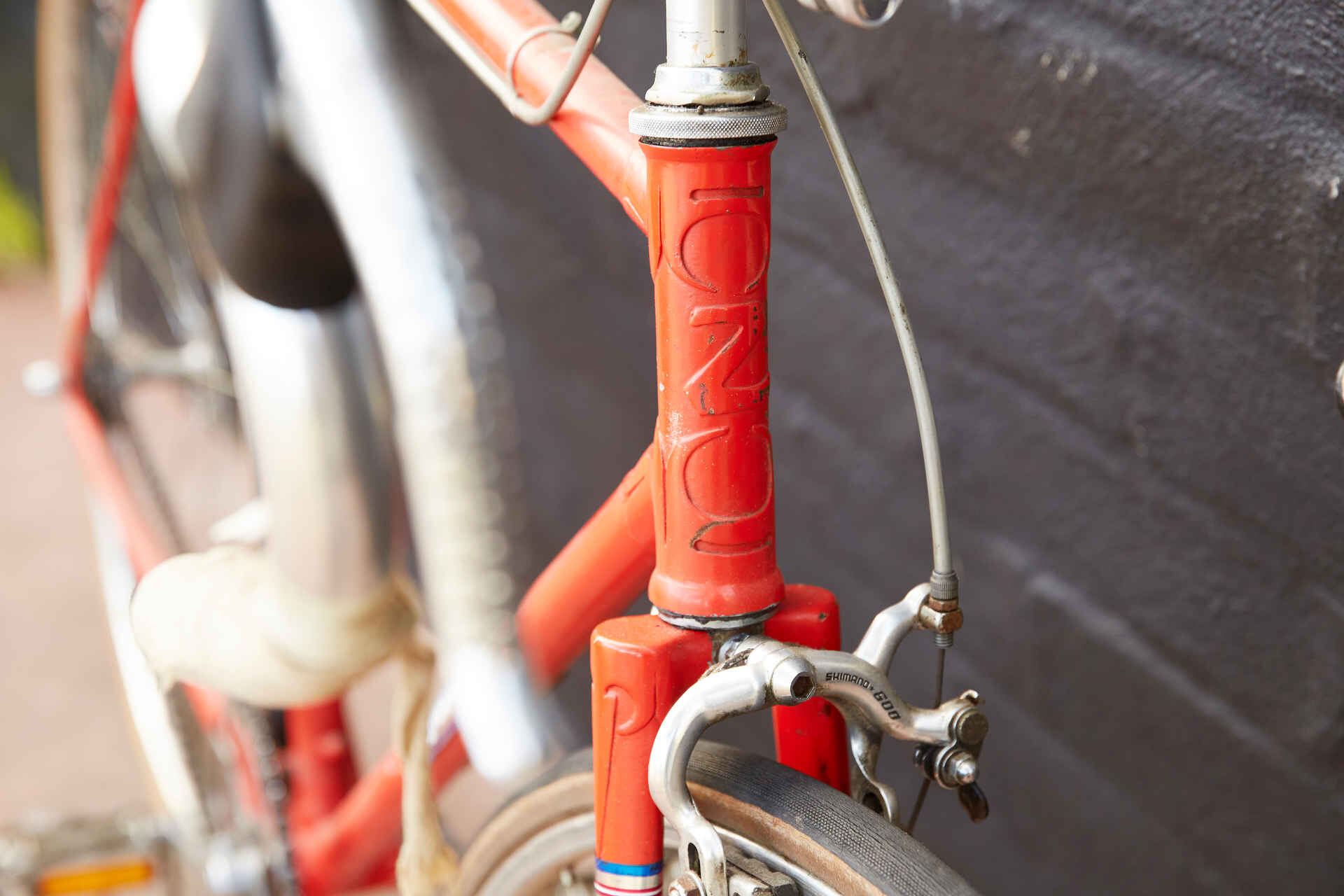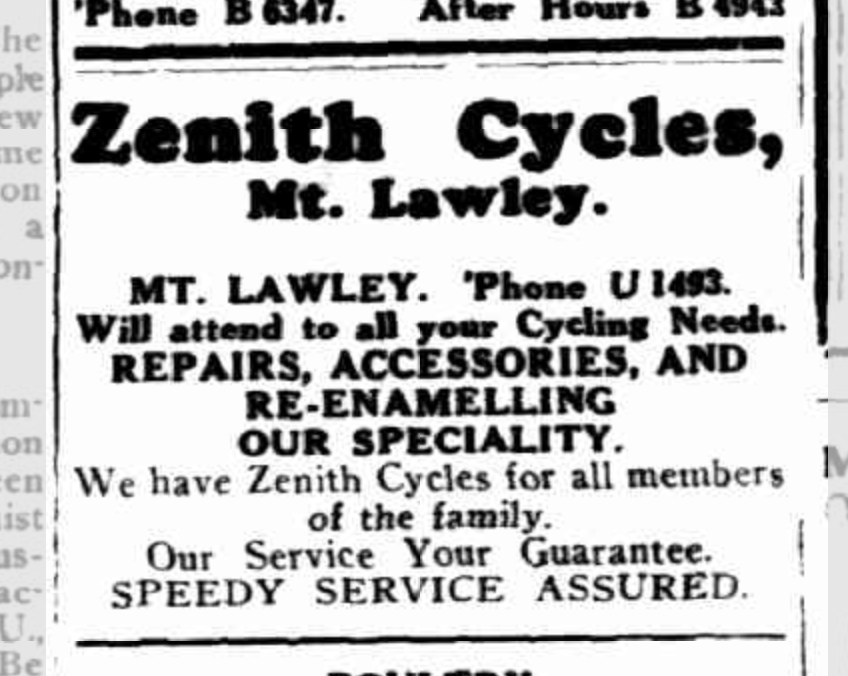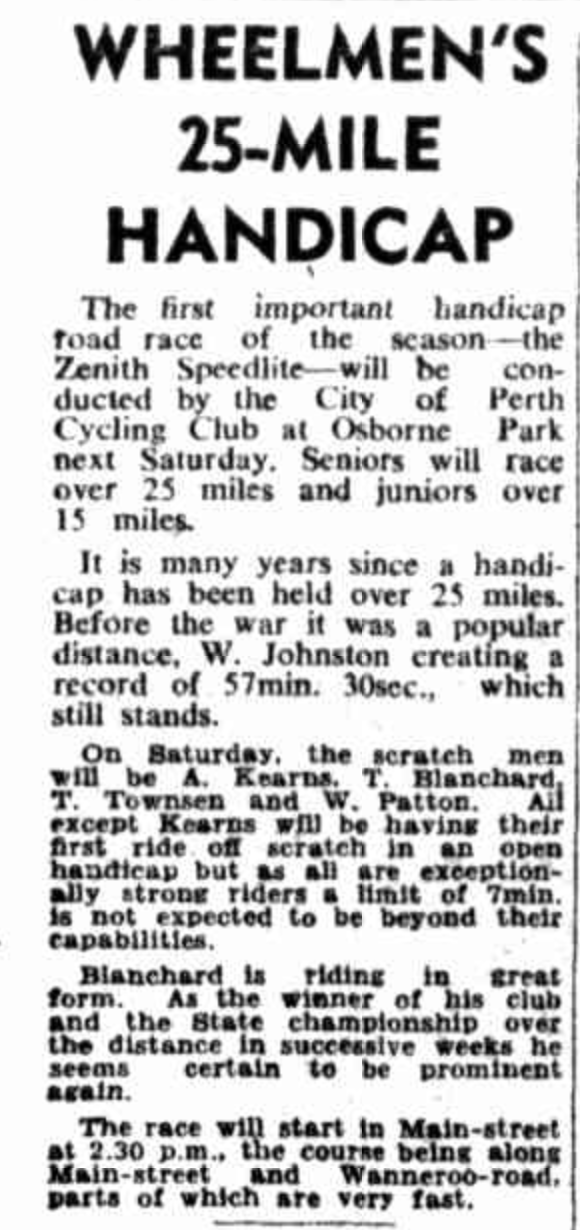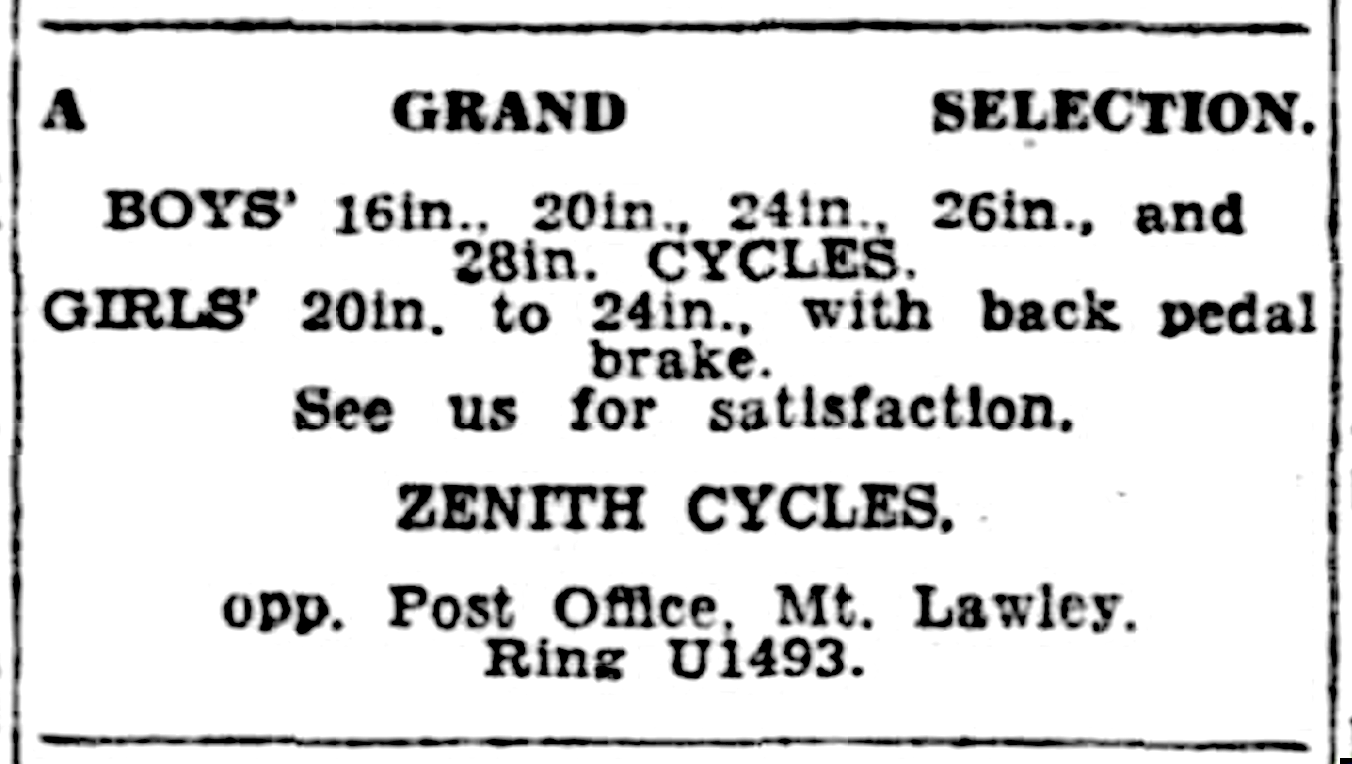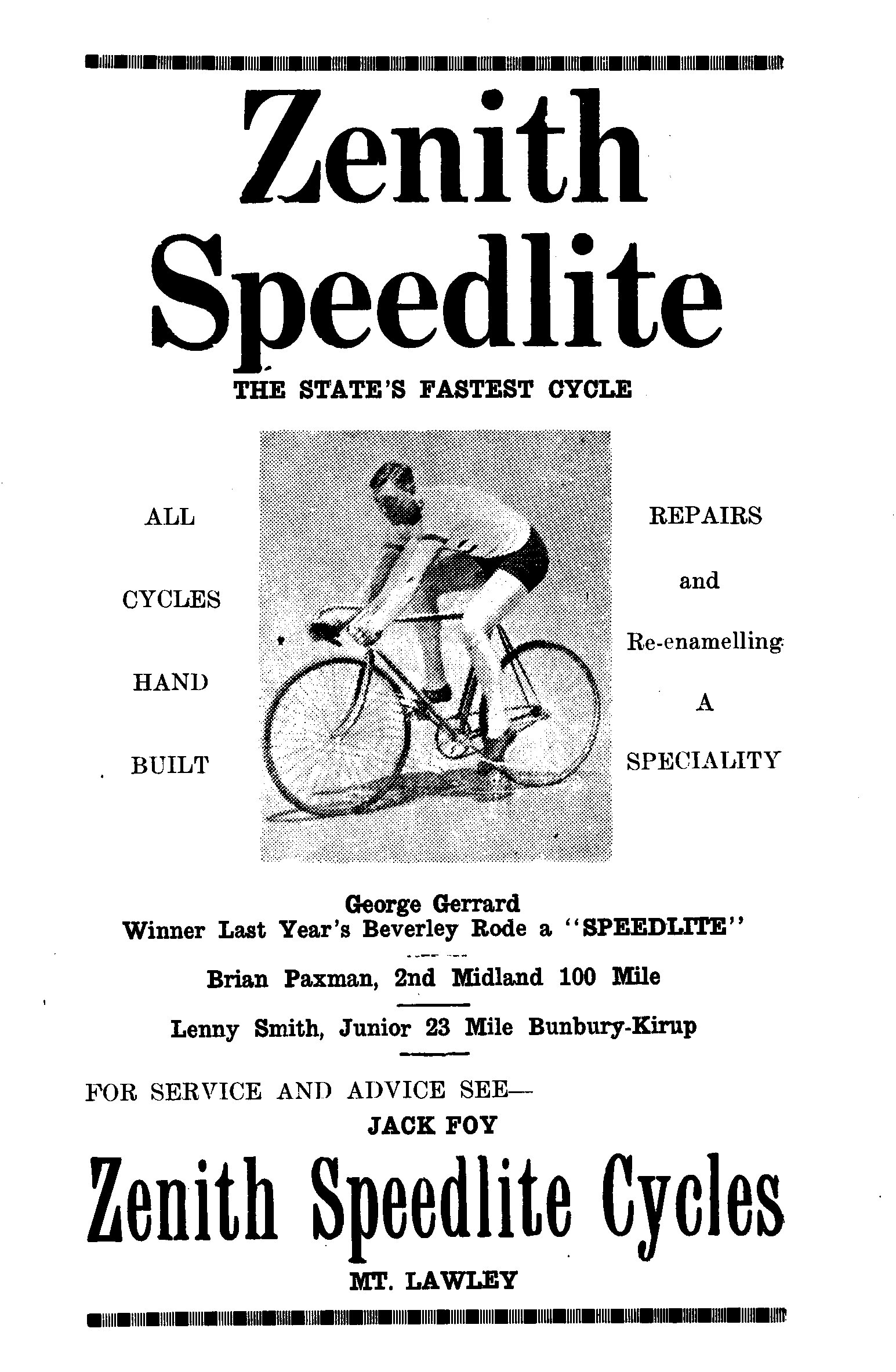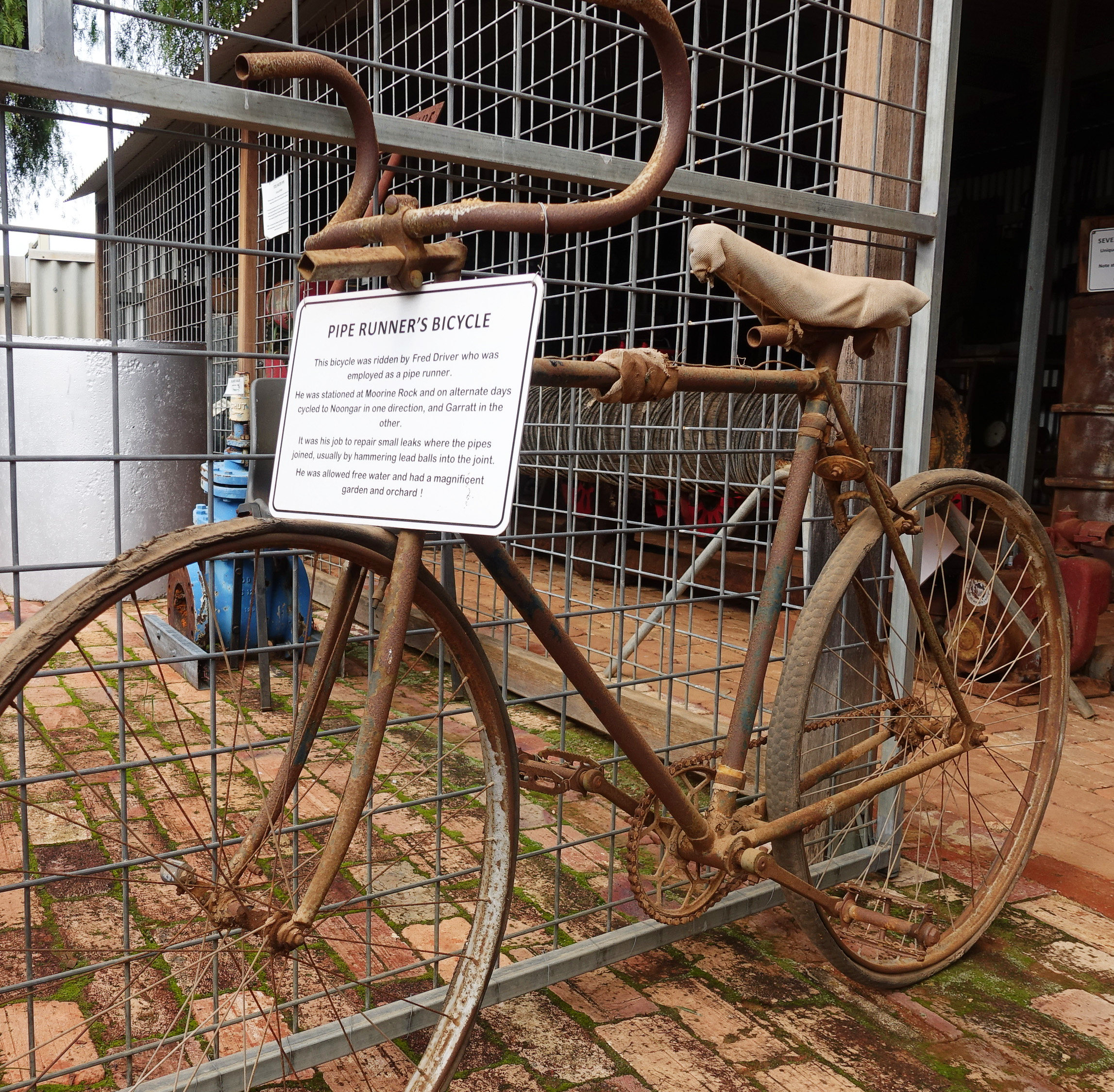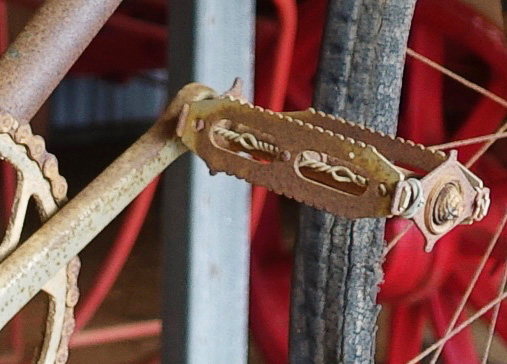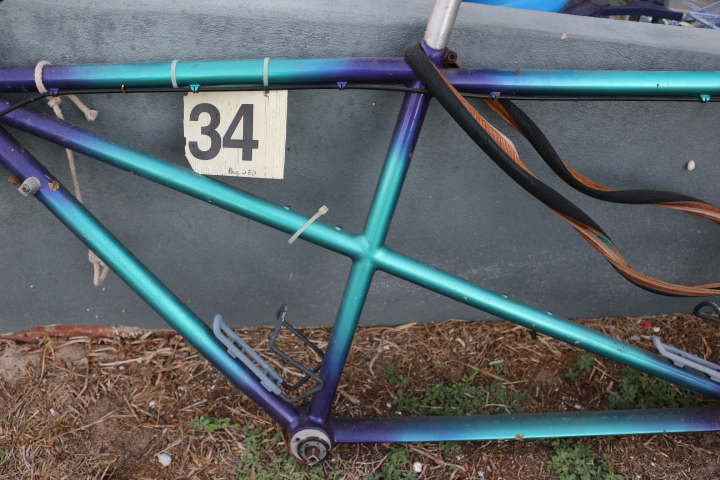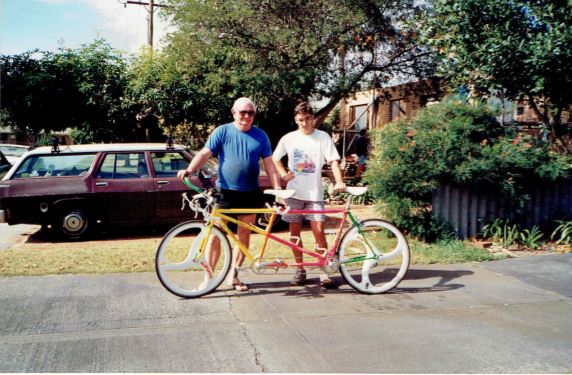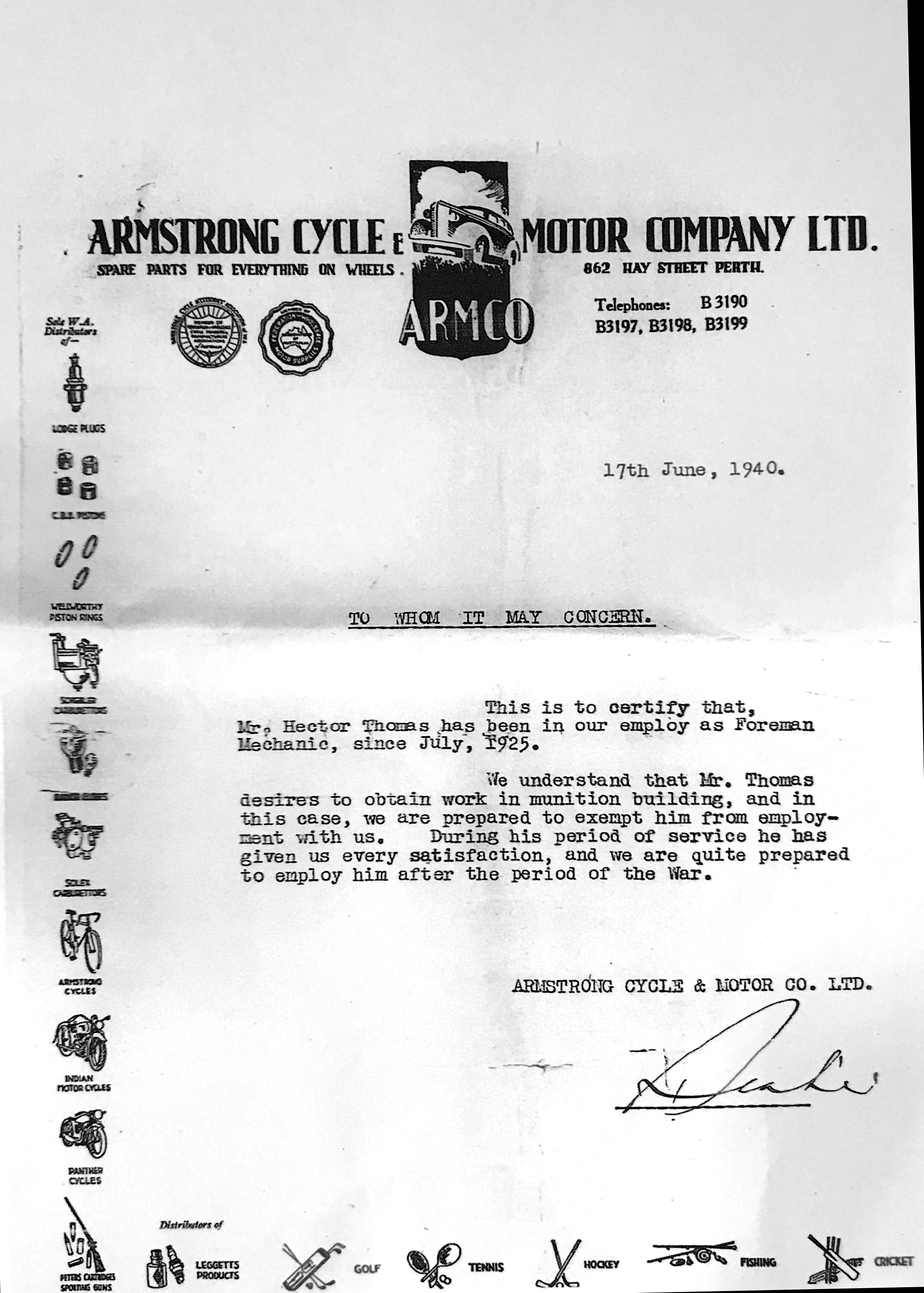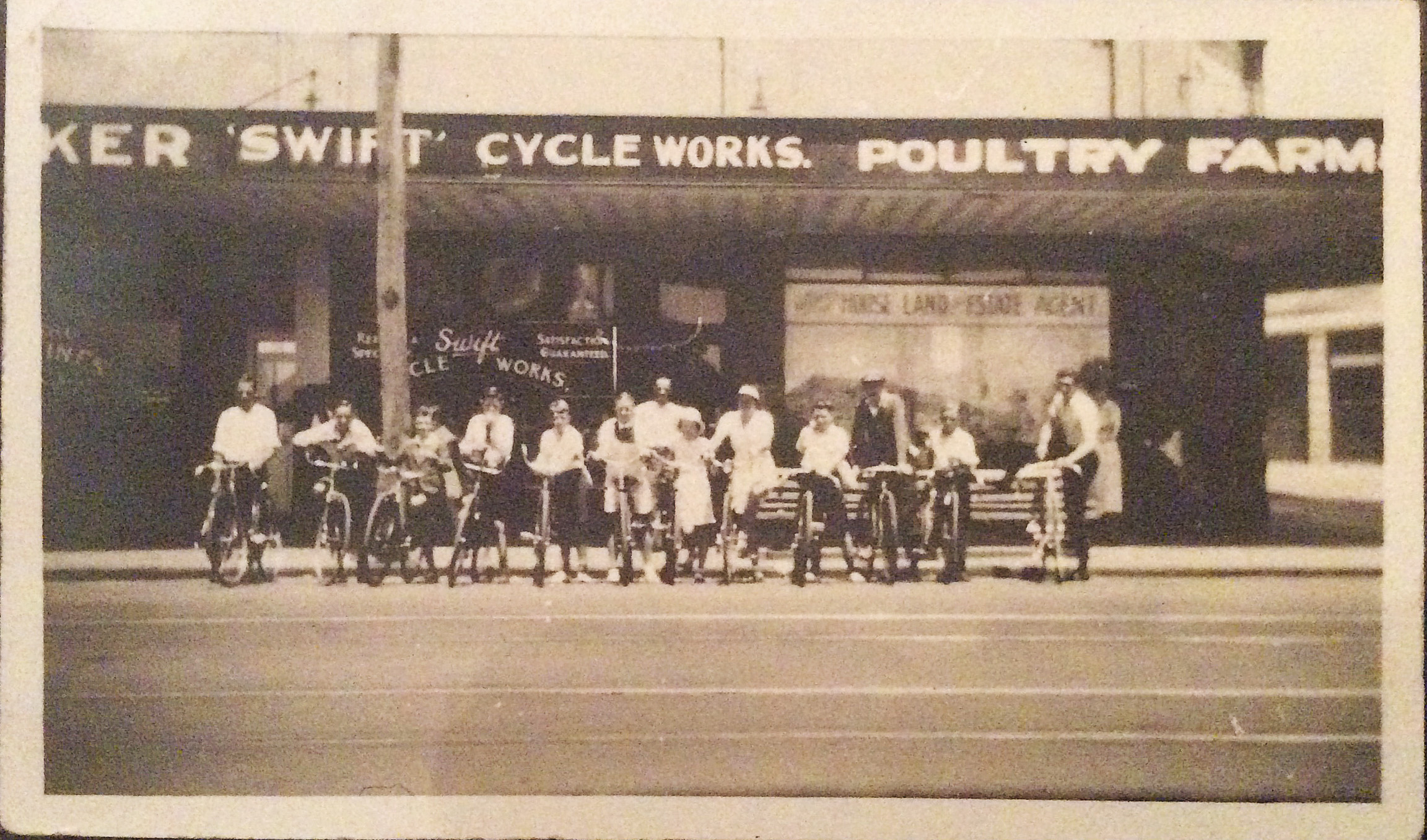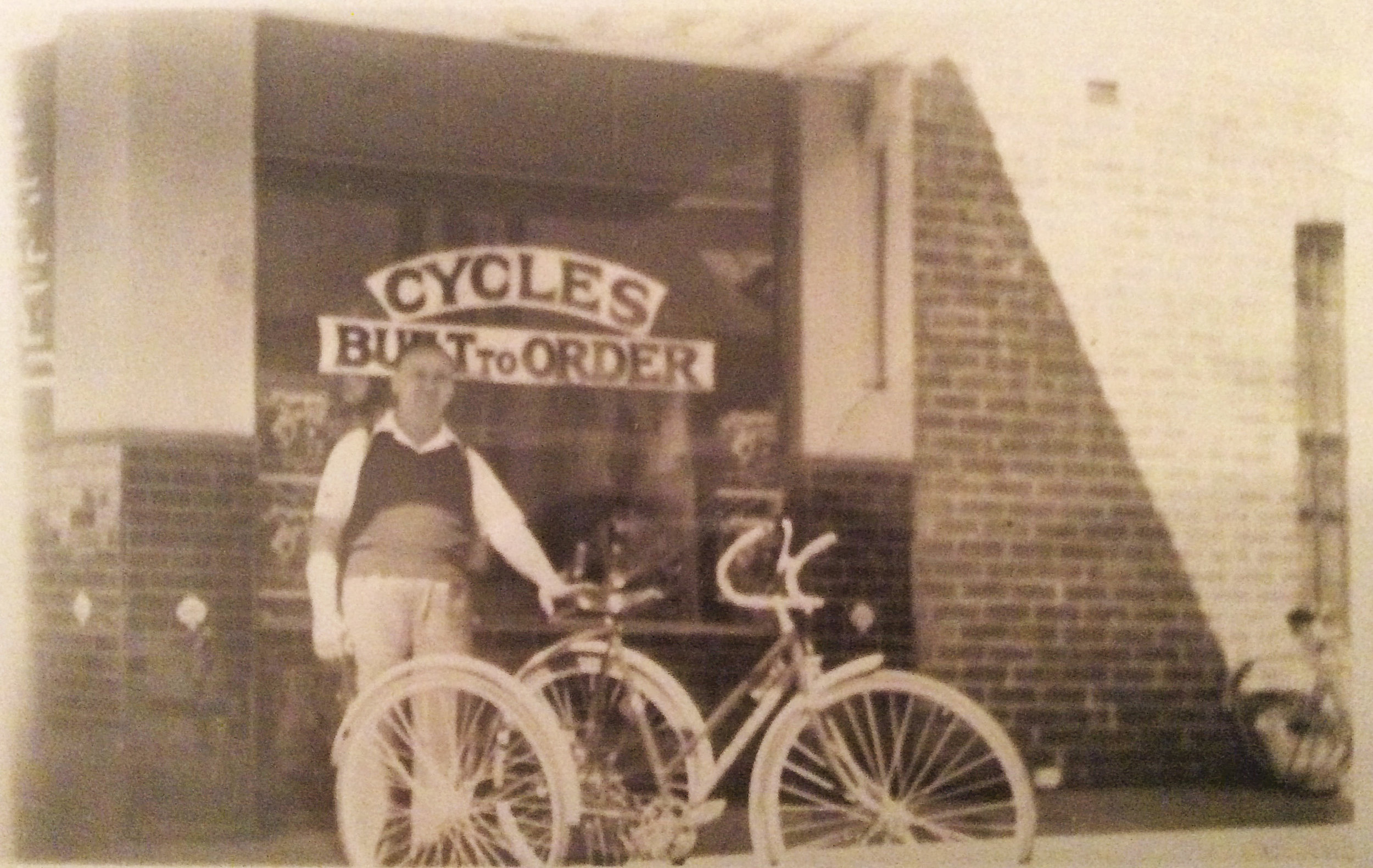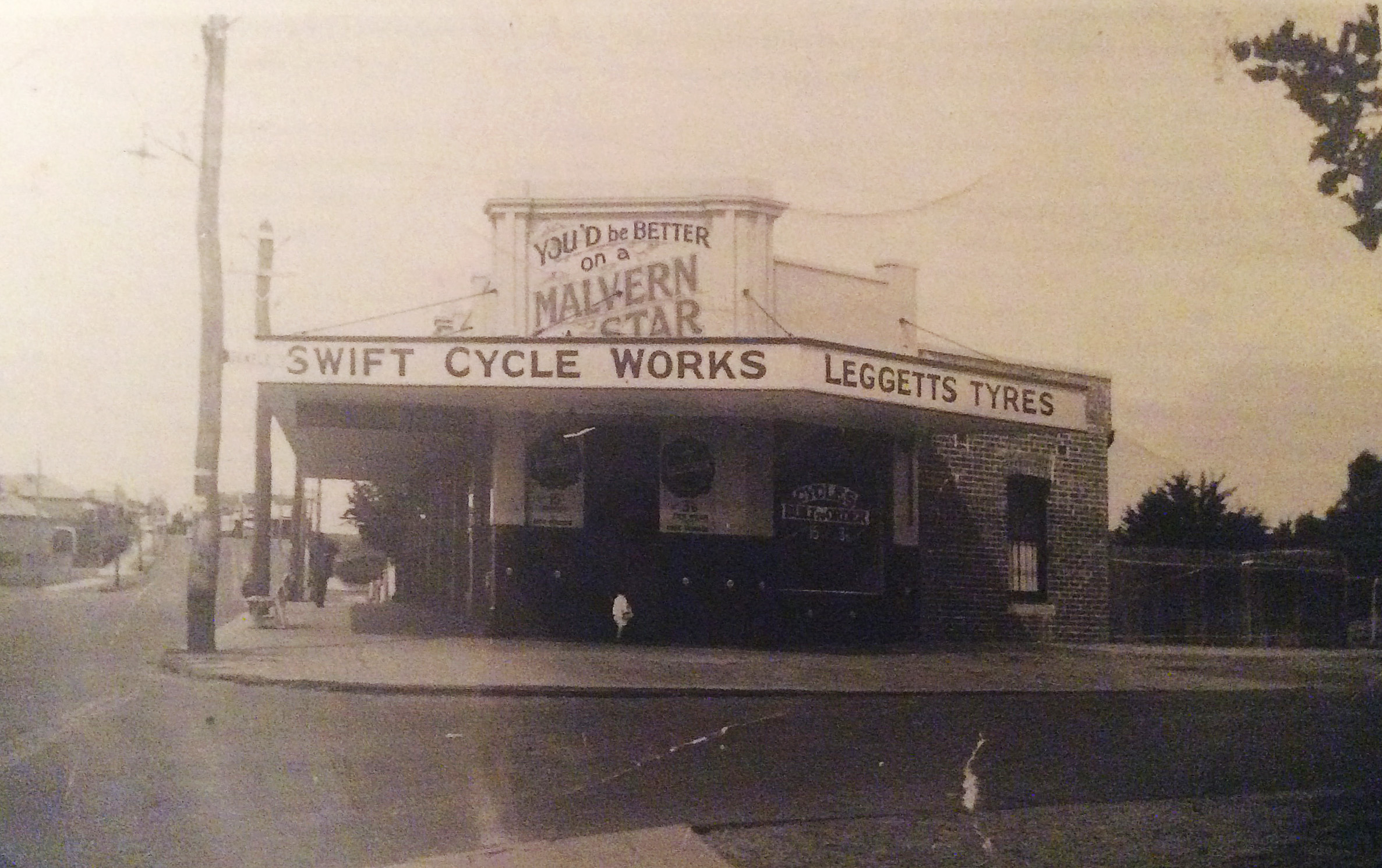Bob Duschka's Zenith

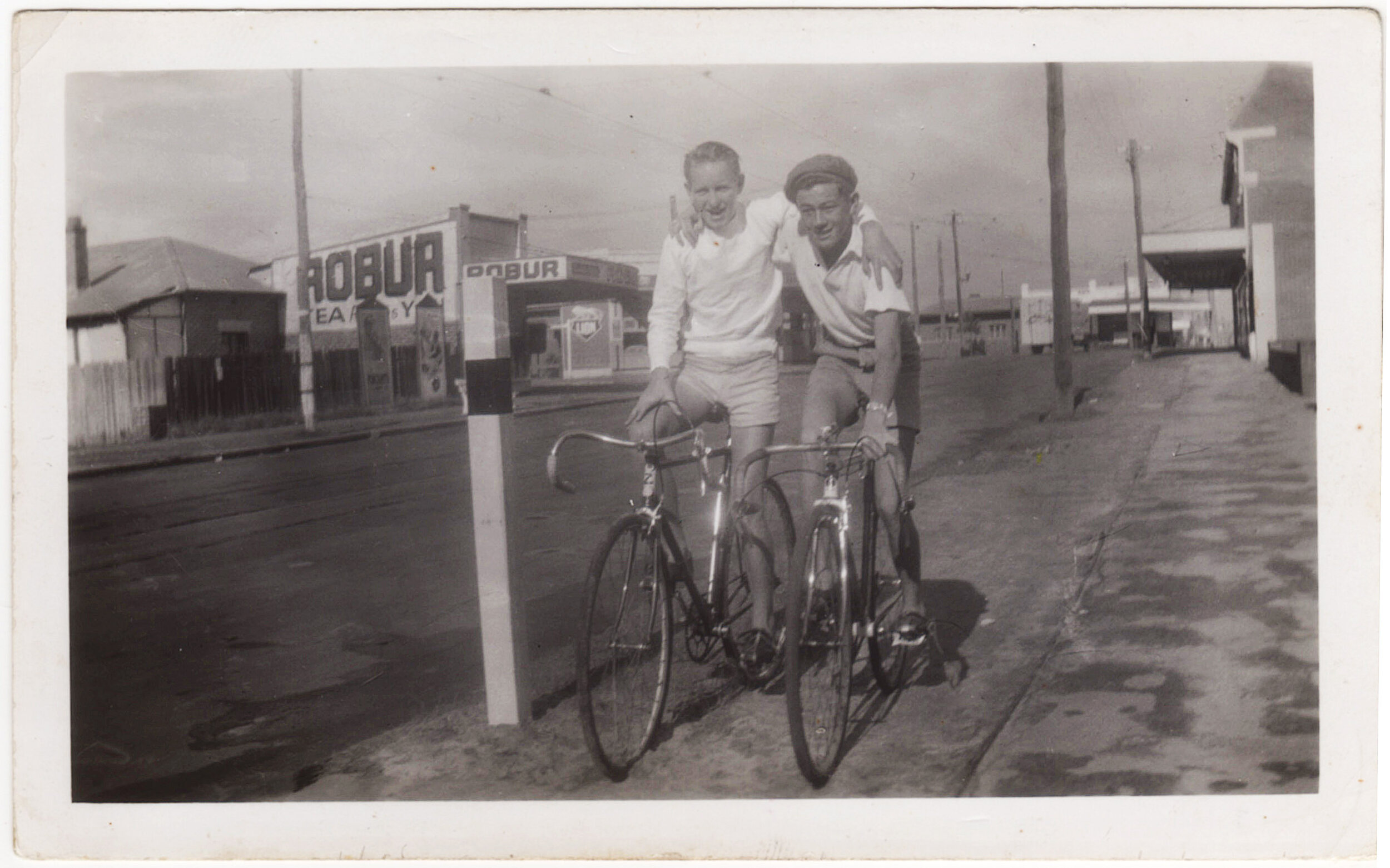
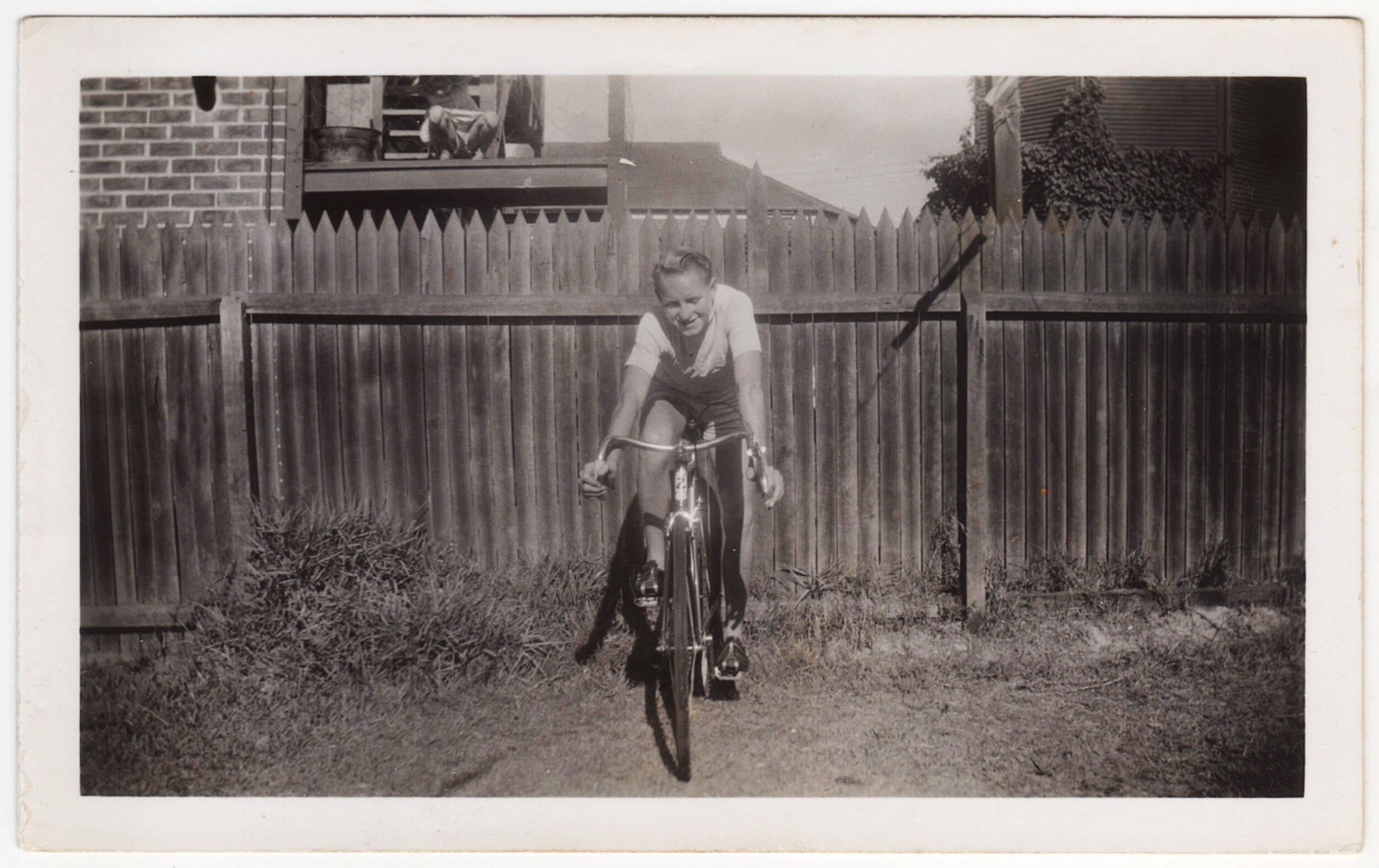
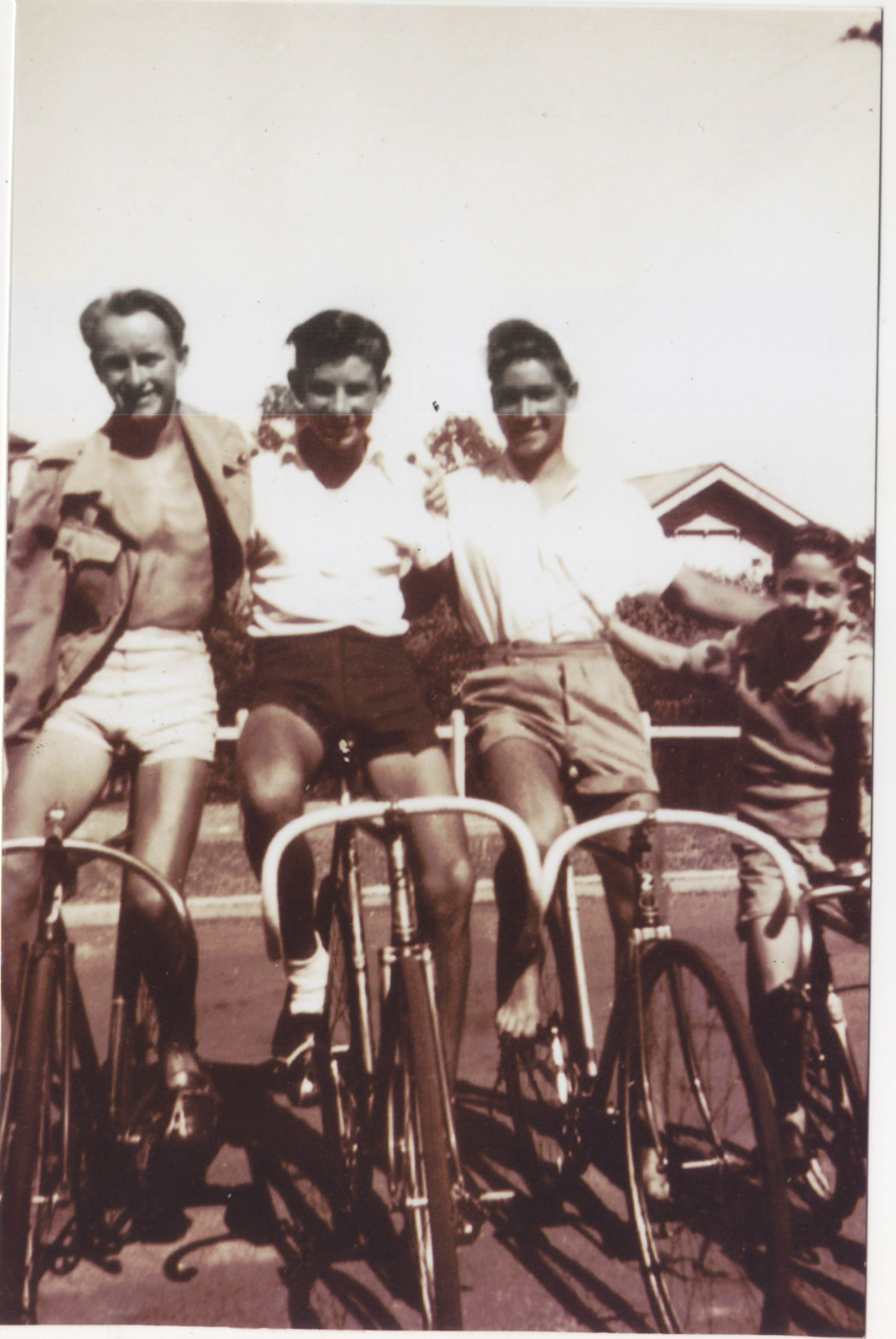
Bob Duschka bought his first new bike, a Zenith, in 1948 when he was fifteen. He worked as a telegram delivery boy at the Inglewood Post Office and would ride this bike for work, fun and sport. He raced the bike using a fixed gear on the flip flop hub.
He continued riding the Zenith until his death in 2016 aged 83.
Along the way it has had several updates, as many bikes do. Around 1970 the frame was stripped back to bare metal & repainted with an automotive metallic turquoise spraycan paint. Many of the original components were re-plated. The original Dunlop steel rims were refurbished and painted.
Later, possibly in the early 80s, Bob again repainted, this time with Keep’s Synthetic Enamel for Writing. The ‘Poppy’ colour paint was hand brushed and this is the colour the bike retains today. Bob did all his own bike assembly and repairs. Some components were updated, possibly purchased from Speedlite of Maylands as the downtube now carries their branding. At that time it got new wheels - 27” Mavic rims laced to high flange Normandy hubs - as well as a Cinelli headstem and bars and Shimano 600 brakes. Bob fitted the new flip flop hub with a fixed gear and a single speed freewheel. The Brooks saddle, stamped “Genuine Butt Leather” also dates from this period.
The Williams chainring is coded AL for 1949, the Brooks saddle cantle plate is stamped A75 - January to March 1975. The frame number is 706. Top tube is 58cm CTC and the seat tube is 57 CTT.
There are some curious ties with other local bike brands. The decorative spears on the fork lugs bear an uncanny resemblance to those of Subiaco brand, Flying Arrow, where frame builder Milton Jones got his start. Zenith proprietor John Foy regularly advertised for young lads to work in his bike shop. It’s possible Bob or a mate filed the lugs of this bike.
In the mid 1940's there was an alliance between Zenith and Speedlite as evidenced by the 25 mile Zenith Speedlite road race held in Osborne Park. The 1950 Beverley Perth programme includes a full page ad for “Zenith Speedlite Cycles - The State’s Fastest Cycle”. References to Zenith, common in the early 1940’s are replaced by references to Zenith Speedlite, and by the early 1950’s Zenith vanishes from view.
Bob’s son Paul, brought the bike to a club meeting back in 2016 looking for information about Zenith Cycles. Sadly as is the case with so many Perth manufacturers we were unable to shed much further light on the subject. It well may be that Bob’s old Zenith is one of only two still in existence.
Paul is a design and technology teacher who, under the name Bitsa Bikes, dedicates much of his spare time to helping low income and homeless people get onto reliable bikes. He has decided that that is where his priorities lie and has generously donated his Dad’s Zenith to the club. Bob Duschka’s Zenith is a part of the October 2020 club auction.

